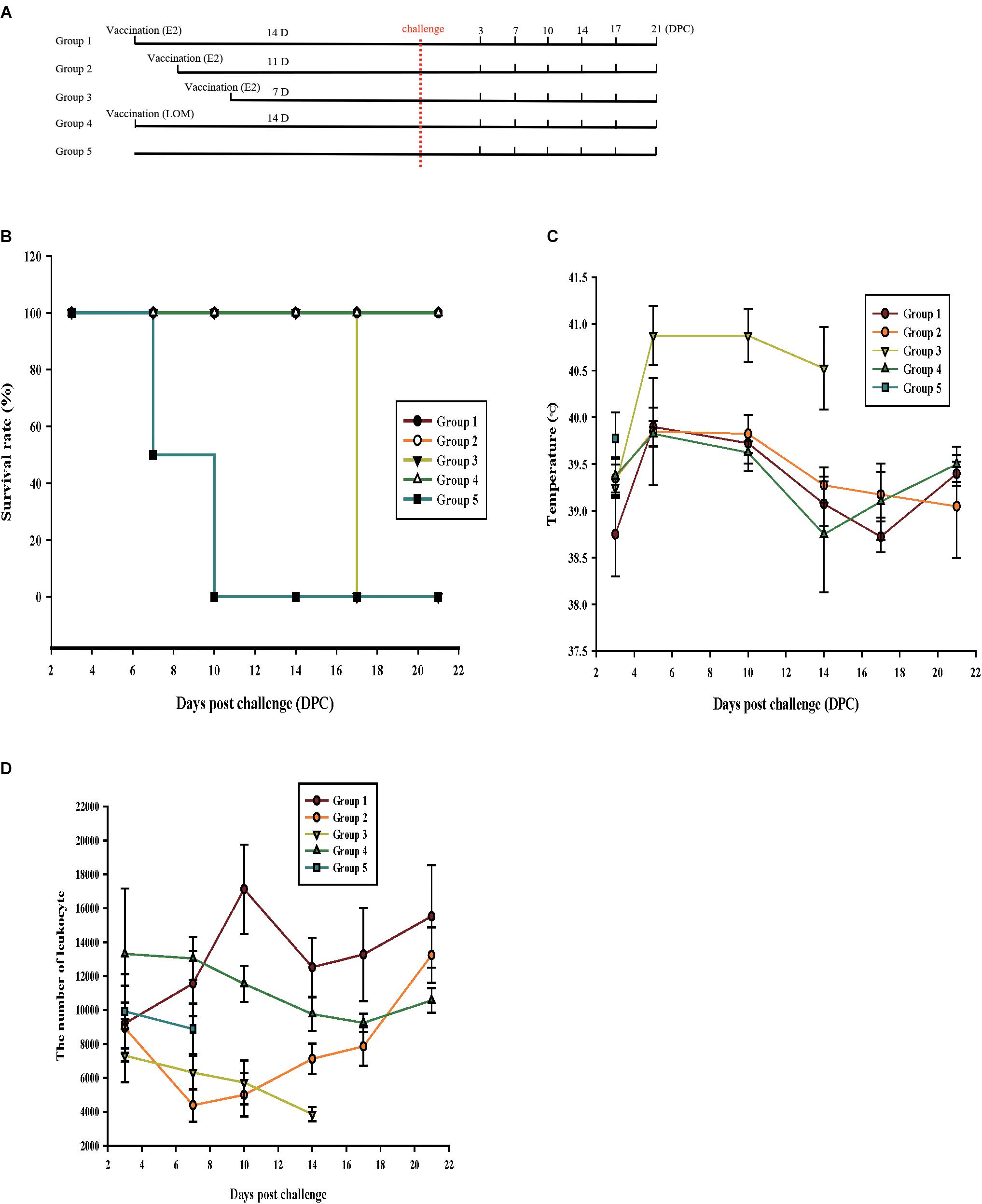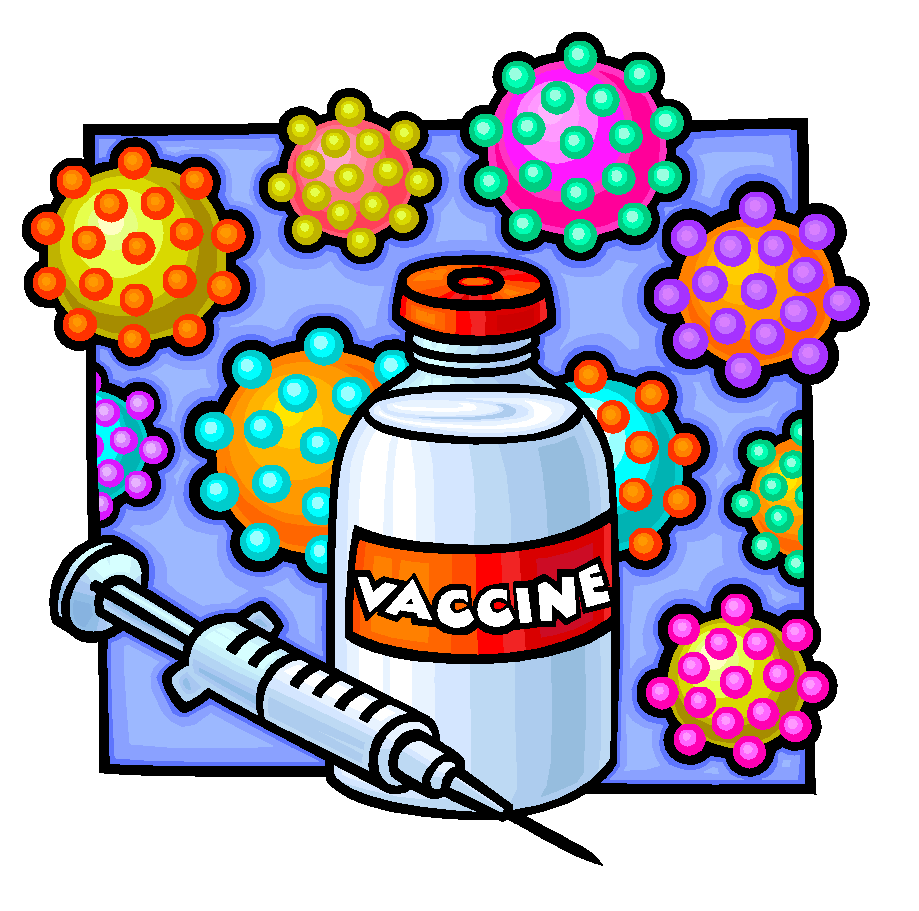
Inactivated vaccines may shorten viral RNA shedding in breakthrough infected patients who have mild-to-moderate illness and may improve the ability of the host to generate specific antibodies to infection. The median titers of SARS-CoV-2-specific IgG and IgM were significantly higher in the FV (12.29 S/co and 0.3 S/co, respectively) and PV (0.68 S/co and 0.12 S/co, respectively) groups than in the UV group (0.06 S/co and 0.04 S/co ) (adjusted P < 0.001 and adjusted P = 0.008, respectively). The median duration of viral RNA shedding was shorter in the FV (12 days) and PV (13 days) groups than in the UV group (15 days) (adjusted P < 0.001 and adjusted P = 0.23, respectively). We collected data of 147 coronavirus disease 2019 (COVID-19) patients with mild-to-moderate illness who were hospitalized in the Third People’s Hospital of Yangzhou from 7 to 20 August 2021 and analyzed the differences in symptoms and laboratory tests among fully vaccinated (FV), partially vaccinated (PV) and unvaccinated (UV) patients. Join our mailing list to be notified when you can register.At present, the role of inactivated vaccines in viral RNA shedding among Severe Acute Respiratory Syndrome Coronavirus 2 (SARS-CoV-2) breakthrough infections is still unknown.
PROTEIN SHEDDING FROM VACCINE SERIES
The Biotech Connector is a quarterly series designed to showcase local advances in biomedical research. Historically, pre-clinical cardiotoxicity tests were conducted in laboratory animals, but a law passed in 2022 enables the Food and Drug Administration to approve new drugs without data from animal experiments.Įntcheva explained that the pipeline employs both electrical wave (fluorescence) and mechanical wave (dye-free) mapping to detect signals that may indicate cardiotoxicity, and she presented on a proof-of-principle study performed by her laboratory of those techniques. “So, there is a great need to have the right experimental tools to help reduce cost and speed up drug to market.” “Any therapeutic that is developed-for cancer, nail fungus, or whatever-isrequired to undergo cardiotoxicity testing,” Entcheva said. Cardiomyocytes are the cells responsible for heart contractions, so this in vitro pipeline can provide important pharmacological information, including cardiotoxicity. To finish the event, Emilia Entcheva, Ph.D., of the Department of Biomedical Engineering at George Washington University, presented about a high-throughput pipeline for manipulating and characterizing human stem-cell-derived cardiomyocytes. With this mapping, researchers can see how RAS behaves in different environments and under different biological conditions and leverage this understanding for small-molecule drug discovery efforts. “We’ve taken advantage of this to be able to image RAS at the single-molecule level and then generate maps of how RAS moves laterally in the membrane,” he explained. Turbyville described how, using a total internal reflection fluorescence microscope, his team can visualize the RAS proteins in the cell membrane and on synthetic lipid membranes.
PROTEIN SHEDDING FROM VACCINE DRIVER
Mutant RAS is a major driver of cancer it is found in about 30% of human cancers-making it a critical target for cancer research. Tommy Turbyville, Ph.D., of the RAS Initiative at the Frederick National Laboratory, described the optical microscopy and imaging techniques his team is using to better understand RAS-at a single-molecule level.

“The synergy between all these different types of modalities can provide more information together than each one of them separately,” Aleksandrova said. Vibrational contrast uses the vibrational properties of the molecules’ chemical bonds to visualize them. Fluorescence lifetime techniques provide more functional information about the molecular environment.

Florescence techniques, Aleksandrova explained, can image different molecular targets in a specimen, providing precise, but limited information.

She focused on fluorescence lifetime and vibrational contrast approaches. Anastasiia Aleksandrova, Ph.D., of Leica Microsystems provided an overview of different contrast methods in optical microscopy that can be used for biomedical imaging, such as cancer-cell imaging.


 0 kommentar(er)
0 kommentar(er)
